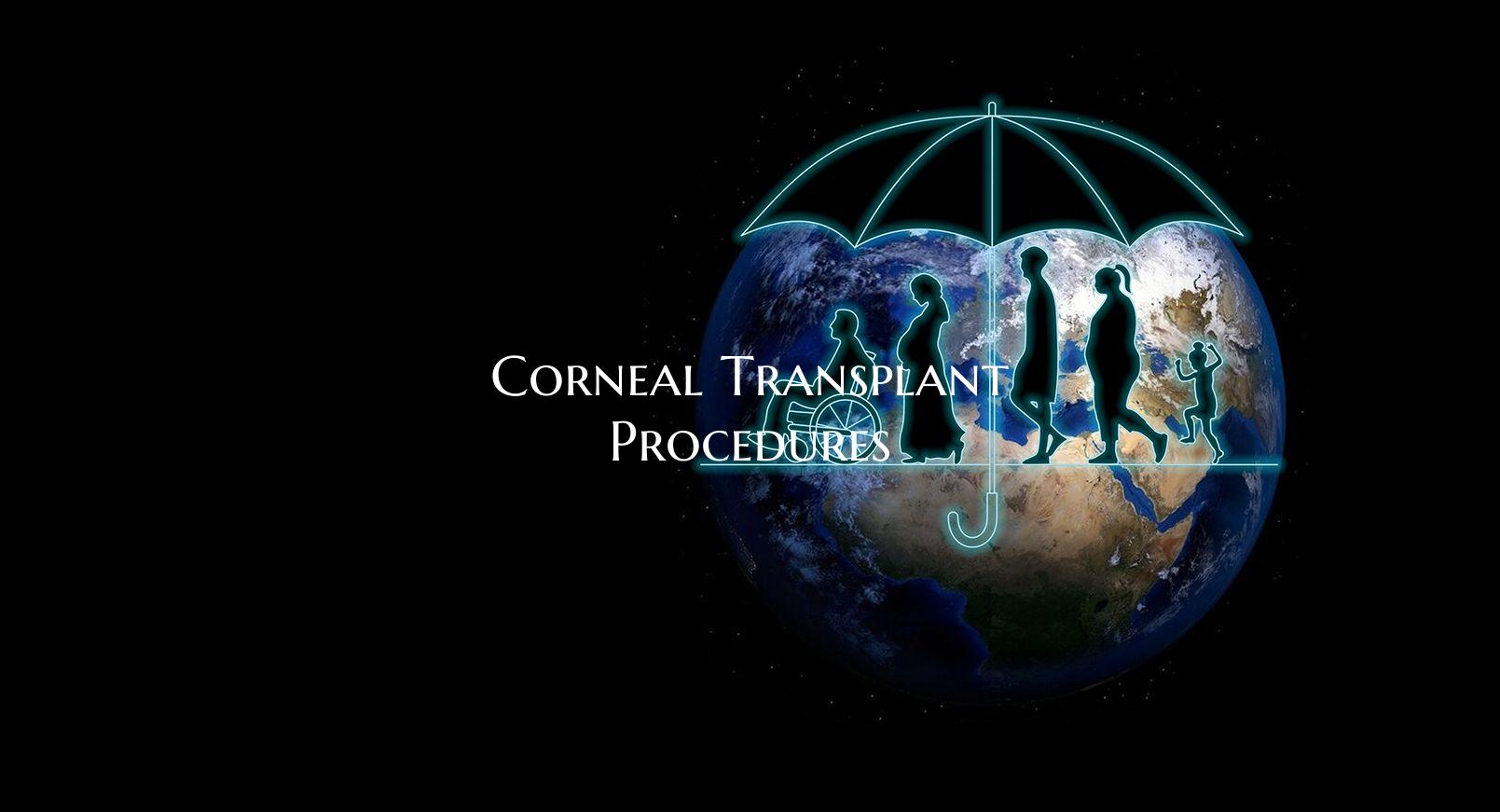
Corneal Transplant Procedures
Corneal Transplant Procedures: Restoring Vision Through Surgical Innovation
The cornea, the transparent outer layer of the eye responsible for focusing light onto the retina, plays a crucial role in vision. However, various conditions such as injury, infection, or disease can damage the cornea, leading to visual impairment or vision loss. In such cases, corneal transplant procedures offer a ray of hope for patients by replacing the damaged corneal tissue with healthy donor tissue, restoring vision and improving quality of life.
Corneal transplants, also known as corneal grafts, are delicate surgical procedures performed by ophthalmologists with precision and expertise. There are different types of corneal transplants, each tailored to address the specific needs of individual patients:
1. Full-Thickness Corneal Transplant (Penetrating Keratoplasty): This traditional approach involves replacing the entire damaged cornea with a donor cornea. It is typically recommended for conditions such as keratoconus, corneal scarring, or corneal degeneration.
2. Partial-Thickness Corneal Transplant (Deep Anterior Lamellar Keratoplasty): In this procedure, only the outer or inner layers of the cornea are replaced, leaving the healthy layers intact. This technique is preferred for conditions that primarily affect a specific layer of the cornea, such as certain types of corneal dystrophies.
3. Endothelial Keratoplasty: This advanced procedure focuses on replacing the innermost layer of the cornea, known as the endothelium, in conditions like Fuchs' dystrophy or corneal swelling. Techniques such as Descemet's stripping automated endothelial keratoplasty (DSAEK) or Descemet's membrane endothelial keratoplasty (DMEK) are utilized for precise endothelial layer transplantation.
The success of a corneal transplant relies on the availability of healthy donor corneas, proper surgical technique, and post-operative care. Patients undergoing corneal transplant procedures can expect a gradual improvement in vision over time as the transplanted tissue integrates with the surrounding cornea. Close monitoring by the ophthalmologist is essential to ensure optimal outcomes and prevent complications.
While corneal transplant procedures have significantly evolved with advancements in surgical technology and tissue preservation, ongoing research aims to further enhance outcomes and broaden the scope of treatable conditions. Through collaboration between eye banks, surgeons, and researchers, the field of corneal transplantation continues to strive for innovative solutions to restore and preserve vision for individuals facing corneal challenges.
In conclusion, corneal transplant procedures represent a beacon of hope for individuals grappling with corneal conditions affecting their vision. With skilled surgical intervention and advancements in transplant techniques, these procedures offer a renewed chance at clear vision and improved quality of life for patients in need.